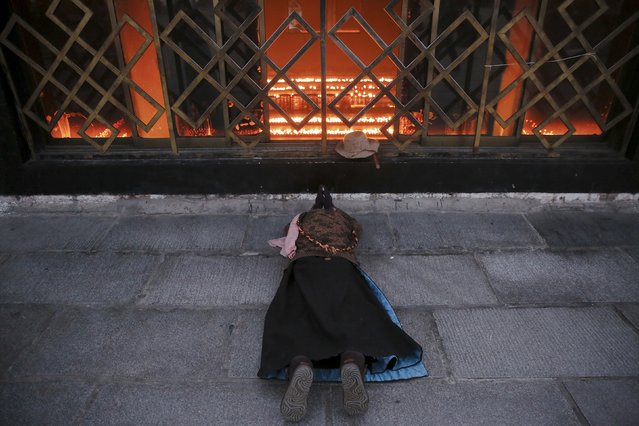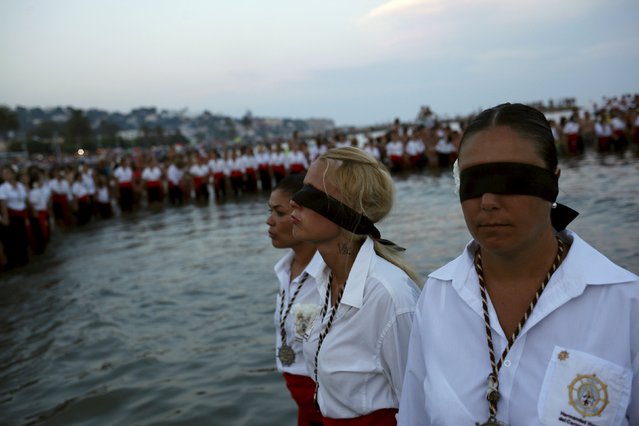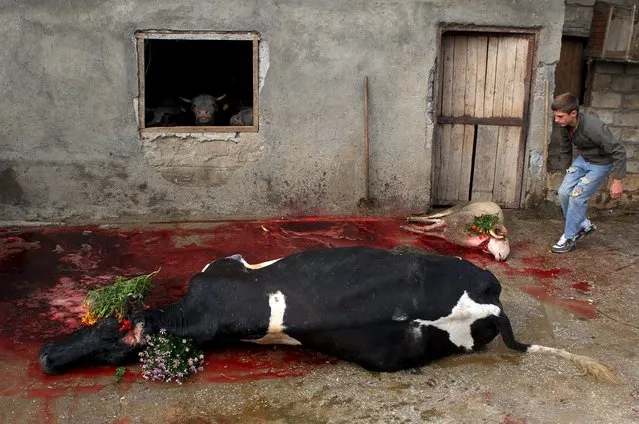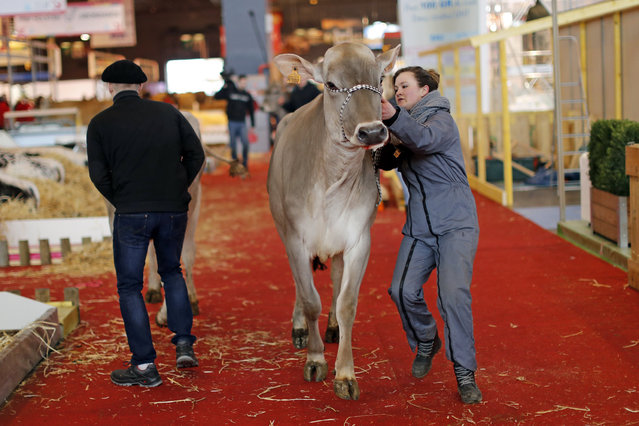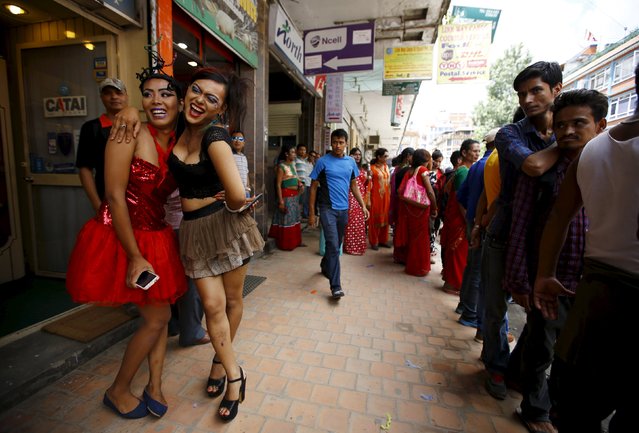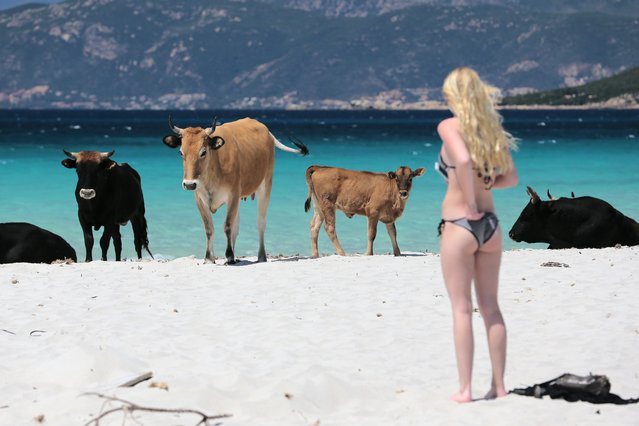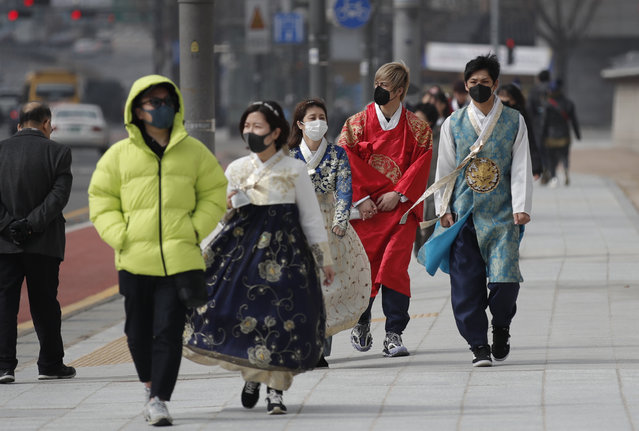
Visitors wearing face masks walk near the Gwanghwamun, the main gate of the 14th-century Gyeongbok Palace, and one of South Korea's well-known landmarks, in Seoul, South Korea, Saturday, February 22, 2020. South Korea on Saturday reported a six-fold jump in viral infections in four days to 346, most of them linked to a church and a hospital in and around the fourth-largest city where schools were closed and worshipers and others told to avoid mass gatherings. (Photo by Lee Jin-man/AP Photo)
13 Mar 2020 00:05:00,post received
0 comments

